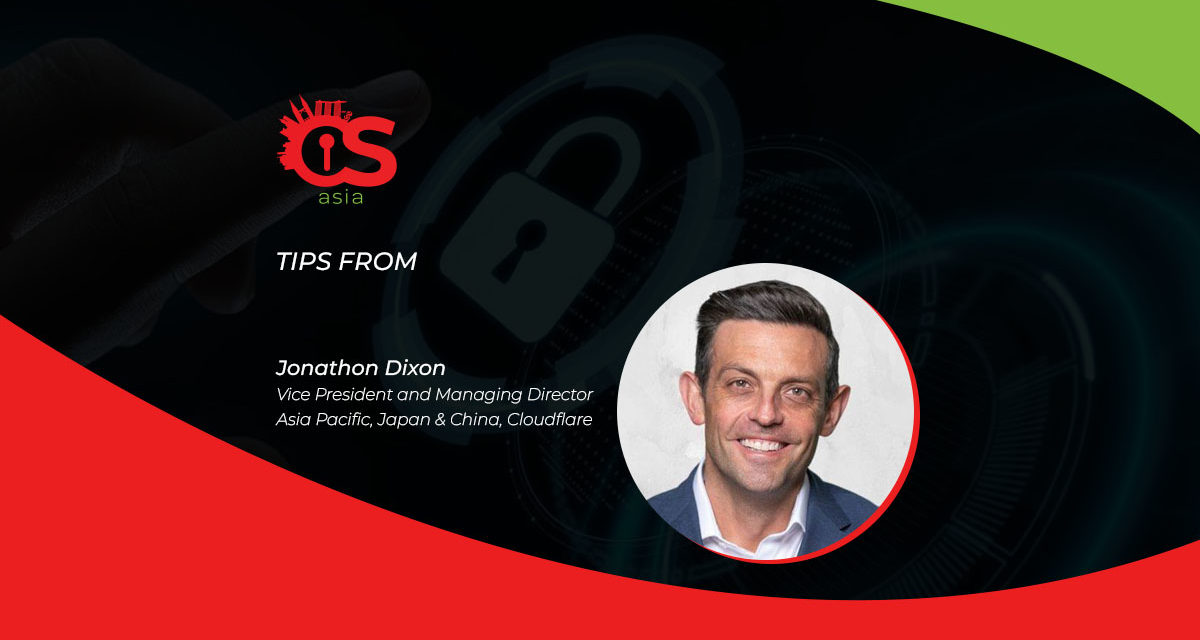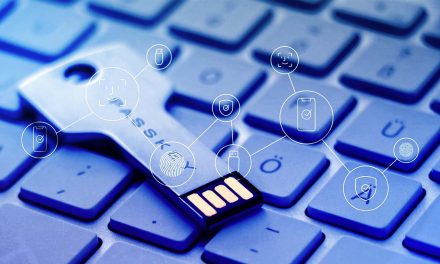No matter how tough the cybercriminals get, these five basic cybersecurity strategies must keep the hospital staff, administration and operations resilient.
The healthcare industry in the region requires continuous innovation to help various stakeholders such as doctors, nurses, technicians, and administrators perform at their best to help patients achieve the best medical outcomes.
Undoubtedly, the smooth flow of medical and operation data is crucial for efficient healthcare delivery, but it also brings to the fore significant security and privacy concerns. With burgeoning cybercriminal activity globally, ensuring there are strong measures to protect data security and privacy is key.
Cyber incidents can prove costly for organizations in APAC, especially in the healthcare industry, where handsome rewards can be reaped from obtaining patient data for identity theft, financial fraud, or ransomware attacks.
Securing the healthcare ecosystem
Healthcare systems comprise multiple stakeholders such as healthcare providers, insurers, pharmaceutical firms and third-party suppliers. Each entity requires access to sensitive patient data, which increases the likelihood of insider threats and accidental data breaches caused by human error or improper authorization.
While electronic health records, telemedicine, and other digital systems have simplified data access, sharing, and storage, they have also introduced new risks for cyberattacks and data breaches. Continued innovation in AI and data technologies can only boost the frequency and sophistication of cyber risks within the region’s healthcare industry. With more digital touchpoints introduced, malicious actors gain more potential avenues to launch their attack.

When medical devices are vulnerable to cyberattacks, patient safety is compromised. Clearly, it is crucial that healthcare organizations adopt a holistic and proactive approach to cybersecurity to safeguard sensitive personal and medical data, ensure the continuous availability of healthcare without disruptions, and protect patients from malicious activities by cybercriminals. How? Here are a few crucial cybersecurity solutions that healthcare organizations should consider implementing:
- Zero Trust framework: This approach verifies all users and devices regardless of location, implementing strict access controls to reduce unauthorized access and enhance security.
- Network and endpoint security: Implementing advanced measures like firewalls, intrusion detection systems, and secure network architecture strengthens the healthcare ecosystem against cyber threats. Endpoint protection solutions, such as antivirus software and encryption, safeguard against malware, data breaches, and unauthorized access.
- Regular security audits and penetration testing: Frequent audits and testing identify vulnerabilities, allowing proactive strengthening of security infrastructure and minimizing data breach risks.
- Employee training and awareness: Educating employees on cybersecurity best practices, such as intercepting phishing emails and handling sensitive data securely, is crucial for risk mitigation and creating a cybersecurity-aware culture.
- Data encryption and privacy measures: Encrypting data at rest and in transit protects patient information. Robust privacy measures, including access controls and audit logs, ensure compliance and maintain patient trust.
The evolving security landscape and increasing complexity of healthcare systems present significant challenges and risks. However, by adopting these solutions, healthcare organizations in APAC can enhance their cybersecurity posture and mitigate cyberattacks.
Key to establishing industry-wide standards and best practices is strong collaboration among healthcare stakeholders to address cybersecurity risks, maintain patient safety and privacy, and ensure the always-on availability of medical services.





















